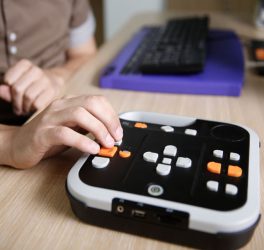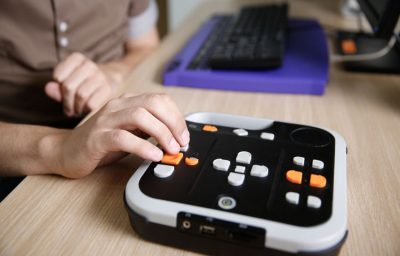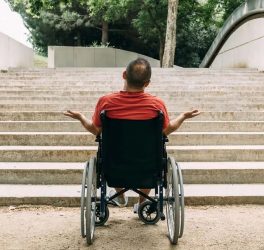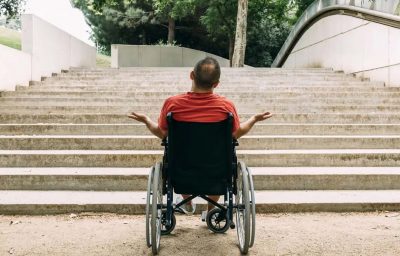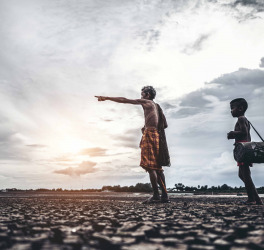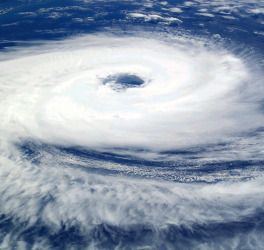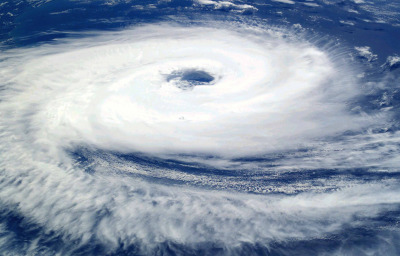Those in emergency management and public safety try to include vulnerable populations in pre-disaster planning to account for their needs and keep them safe during emergencies, including people with disabilities.
Unfortunately, this segment of the population often gets lost during disasters to the point where they are commonly institutionalized. This means they are put in a “medical environment” that may or may not meet their needs. Those environments include rehabilitation centers, nursing homes, psychiatric institutions, assisted living facilities and other long-term care facilities.
This results from a lack of planning, lack of services in the community for people with disabilities, and the waiving of legal protections for people with disabilities.
Most people with disabilities don’t need acute medical care, but more along the lines of accessible bathrooms, accessible entrances, access to a refrigerator for their medications, and perhaps, backup power to plug in their medical devices. Most don’t need a higher level of care after a disaster than they had before it.
Yet, people with disabilities often get cut off from their support systems and the general population and end up being evacuated to long-term care medical facilities and there is often no way to track where they were taken.
Read the full story.

